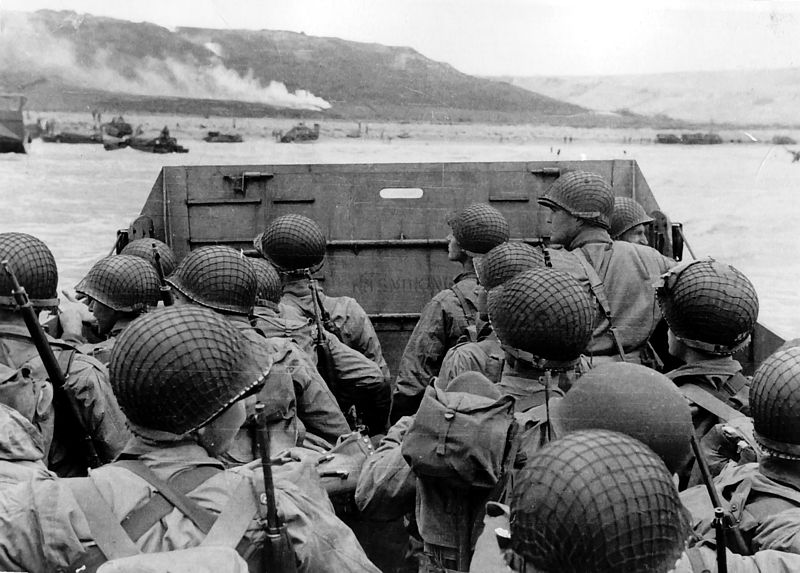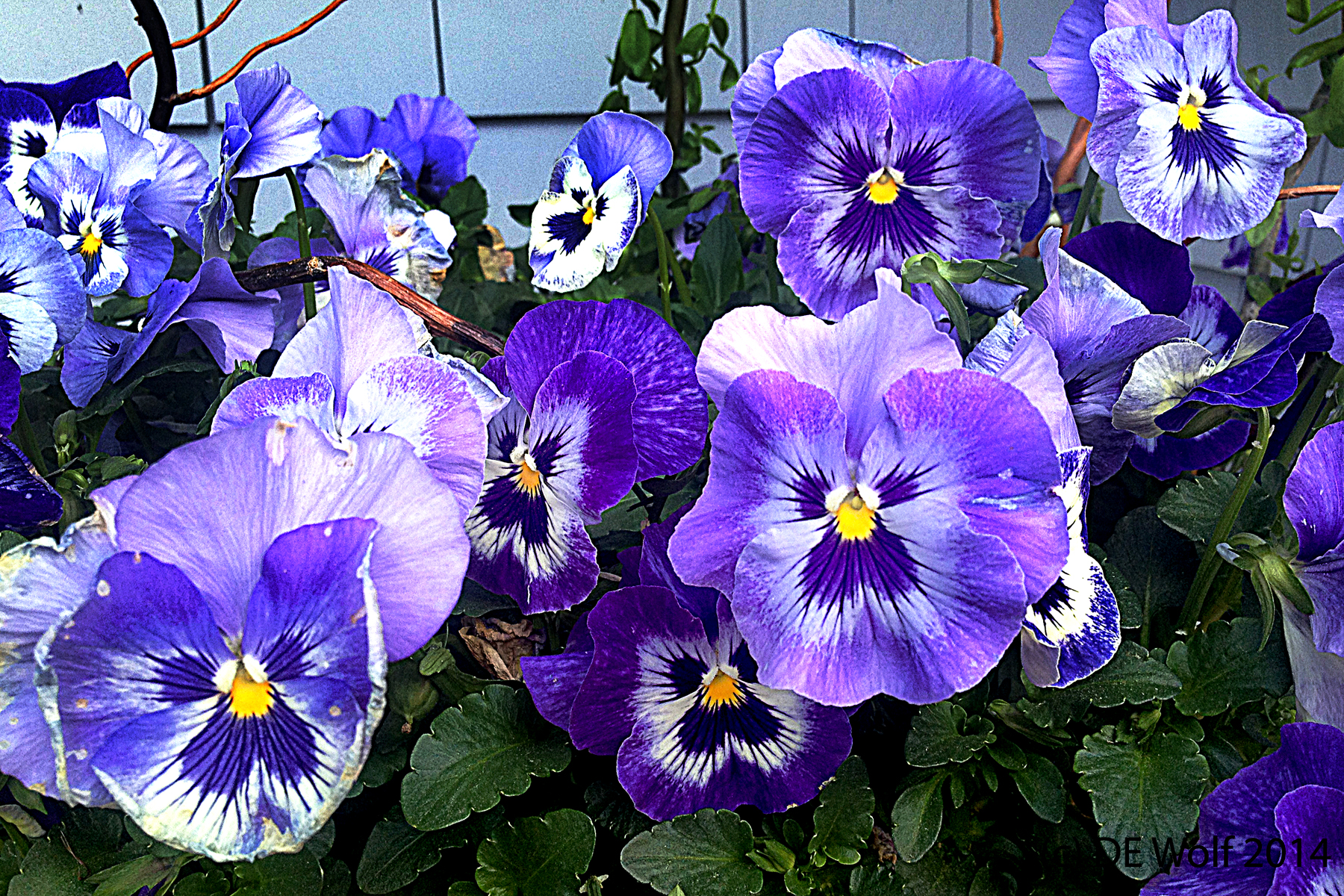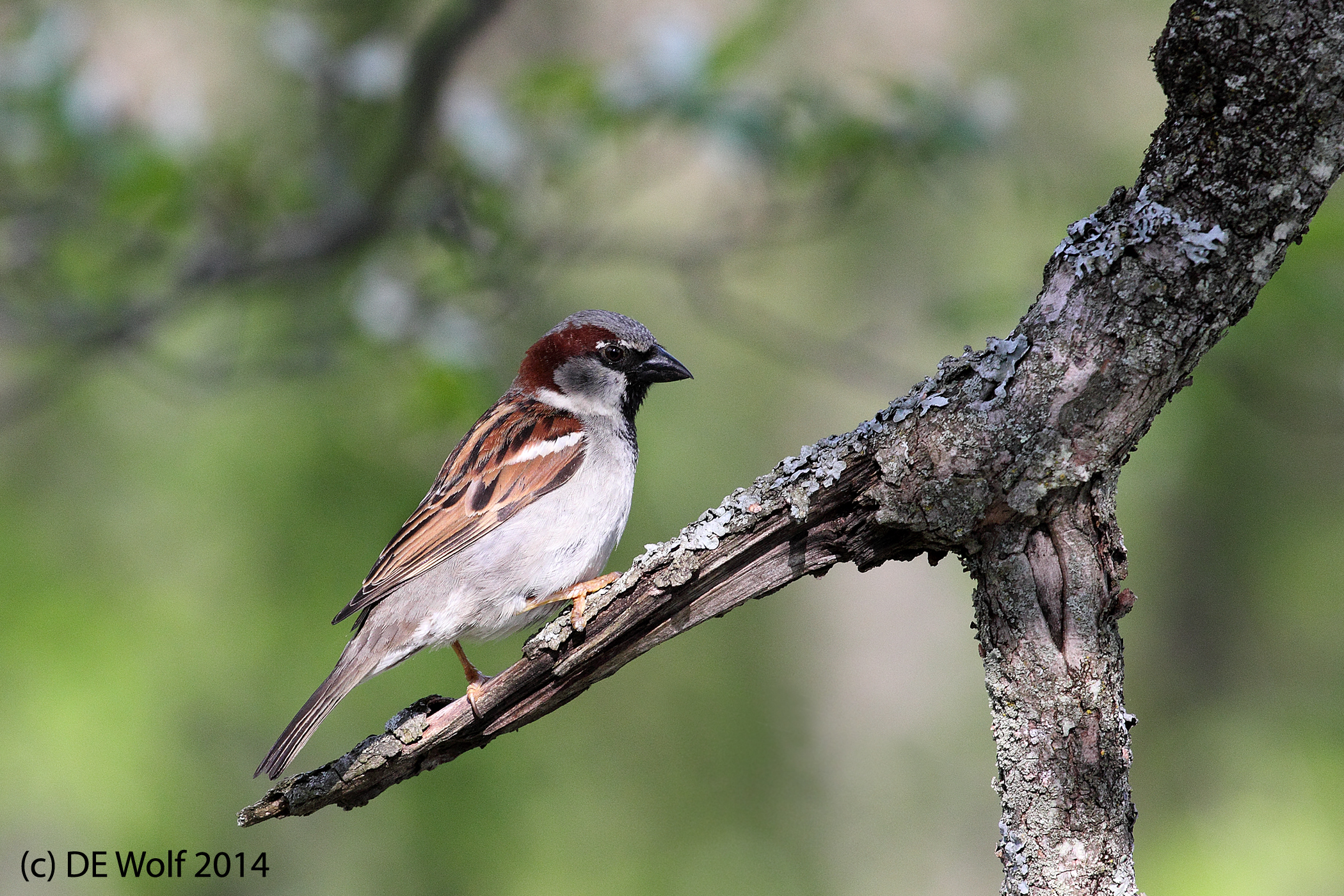Every week the BBC poses a photography theme for submission. Actually, they are kind enough to post them several weeks ahead. Some of these are intriguing in that you wonder exactly how people are going to interpret the theme.
Well, this week it was “Gardening” and I found myself wondering exactly what were people going to send in besides brightly colored and boring flower pictures or other hackneyed images. Well in the end I was blown away by a photograph by Ela Fraczkowska, which shows her 83 year old grandmother in her garden in Poland. It is, well, simply stunning. And most captivating is the fact that Ms. Fraczkowska’s grandmother refuses to wear garden gloves. Her hands and eyes and wisps of hair in disarray all betray an intimacy with the Earth.
There is a lot to be said for thematic photography, which appears to come in two flavors. First, there is the situation where you fall in love with a photograph that you have taken and then decide to expand upon the subject with a series. I have several such projects ongoing including: neoclassical American sculpture and frog ornamental garden decorations to name just two. The other is the random theme, like the ones the BBC poses. There is no surer way to cure yourself of the image blahs – aka “I have nothing to photograph!” Such themes are a means of refocusing your art.



